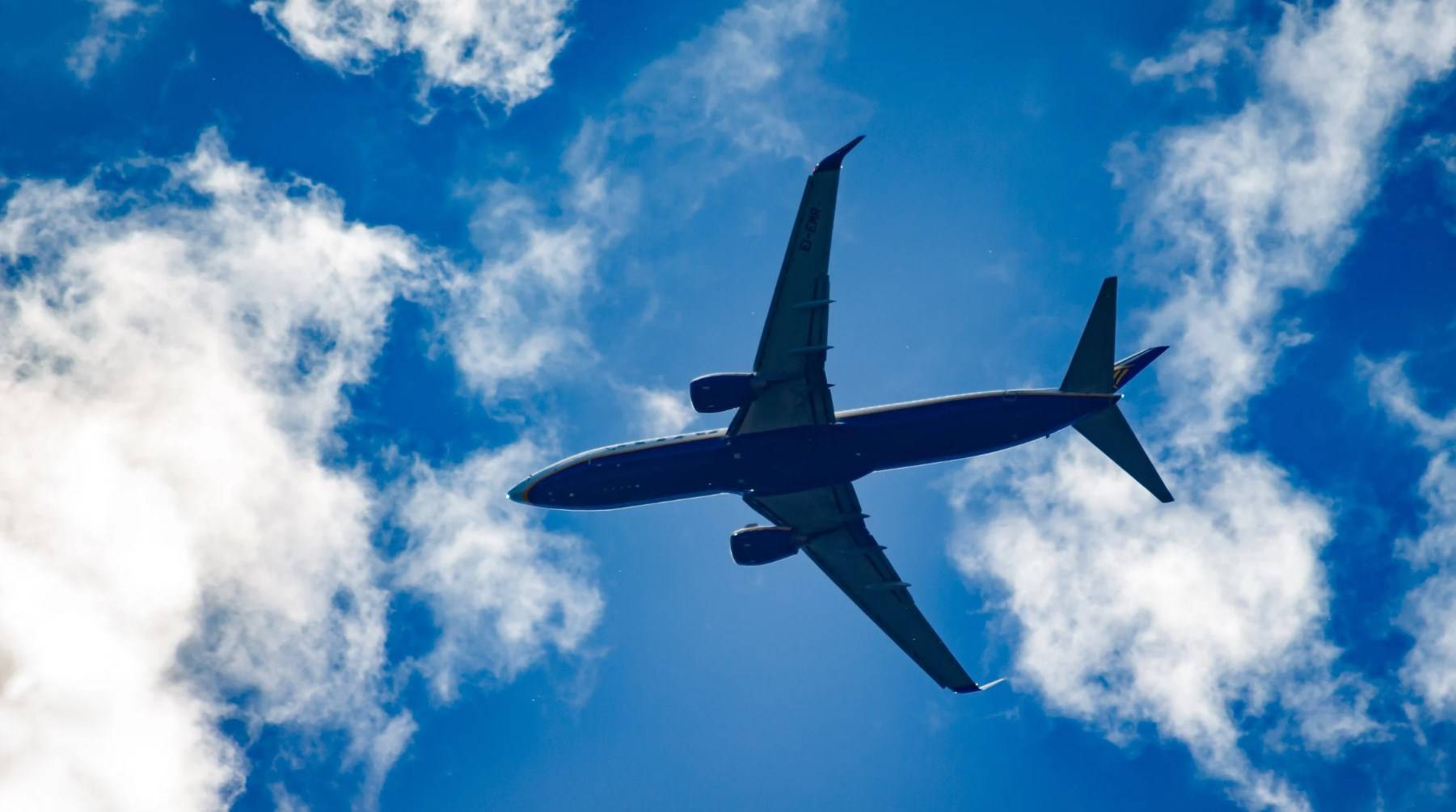Shipping lithium-ion batteries safely for flights and international transport involves understanding the risks, regulations, and best practices. Improper handling can lead to fire hazards, making it essential to follow guidelines set by regulatory bodies. This article covers how to pack, label, and transport these batteries effectively.
What are the risks associated with shipping lithium batteries?
Lithium-ion batteries pose several risks during transport, including:
- Fire Hazard: If damaged or improperly packed, these batteries can short-circuit and ignite.
- Pressure Changes: Batteries may react adversely to changes in air pressure, especially during air travel.
- Temperature Sensitivity: Extreme temperatures can affect battery performance and safety.
Risks of Shipping Lithium Batteries
| Risk | Description |
|---|---|
| Fire Hazard | Potential ignition if damaged or short-circuited |
| Pressure Changes | Risk of battery failure at high altitudes |
| Temperature Sensitivity | Extreme temperatures can cause malfunctions |
How should lithium batteries be packaged for safe transport?
To package lithium-ion batteries safely:
- Use Strong Packaging: Choose rigid outer packaging that can withstand impact.
- Individual Packaging: Each battery should be packed individually in non-conductive materials to prevent short circuits.
- Cushioning Materials: Use cushioning materials like foam or bubble wrap to protect against physical damage.
Packaging Guidelines Chart
| Packaging Step | Action |
|---|---|
| Use Strong Packaging | Select rigid boxes that meet safety standards |
| Individual Packaging | Wrap each battery separately |
| Add Cushioning | Include cushioning materials to absorb shocks |
What regulations govern the transportation of lithium batteries?
Transportation of lithium-ion batteries is regulated by various organizations, including:
- IATA (International Air Transport Association): Sets rules for air transport.
- IMDG (International Maritime Dangerous Goods): Governs sea transport.
- DOT (Department of Transportation): Enforces regulations in the United States.
These regulations specify how to pack, label, and document shipments to ensure safety.Regulatory Bodies Chart
| Organization | Regulation Focus |
|---|---|
| IATA | Air transport regulations |
| IMDG | Maritime transport regulations |
| DOT | Domestic transportation regulations |
What documentation is required when shipping lithium batteries?
When shipping lithium-ion batteries, you need specific documentation:
- Dangerous Goods Declaration: Required for all hazardous materials.
- Material Safety Data Sheet (MSDS): Provides information on the hazards associated with the battery.
- Shipper’s Declaration: Confirms compliance with all relevant regulations.
Documentation Requirements Chart
| Document Type | Purpose |
|---|---|
| Dangerous Goods Declaration | Certifies shipment of hazardous materials |
| MSDS | Details hazards and safety measures |
| Shipper’s Declaration | Confirms regulatory compliance |
How do you label packages containing lithium batteries?
Proper labeling is crucial for safety:
- UN Numbers: Include UN3480 for lithium-ion cells/batteries shipped alone or UN3481 if contained in equipment.
- Hazard Labels: Use appropriate hazard labels indicating that the package contains dangerous goods.
- Handling Labels: Clearly mark packages with “Handle with Care” labels.
Labeling Requirements Chart
| Label Type | Description |
|---|---|
| UN Numbers | Identifies type of battery being shipped |
| Hazard Labels | Indicates dangerous goods status |
| Handling Labels | Provides handling instructions |
Buy Wholesale Battery Tips
For businesses seeking reliable battery solutions, Redway Battery is an excellent choice for wholesale buyers or OEM clients overseas. With over 13 years of experience in lithium battery manufacturing, Redway Battery provides high-quality products that serve as a superior alternative to lead-acid batteries.To make OEM orders from a trustworthy manufacturer like Redway Battery:
- Identify Your Needs: Determine specifications and quantities required.
- Contact Redway Battery: Reach out through their official channels.
- Discuss Terms: Negotiate pricing and delivery timelines.
- Place Your Order: Finalize your order with a purchase agreement.
Industrial News
Recent developments in shipping regulations highlight increased scrutiny on transporting lithium-ion batteries due to safety concerns. Regulatory bodies are tightening guidelines to prevent incidents related to battery fires during transit, prompting shippers to adopt more stringent packaging and labeling practices.
Redway Expert Views
“Shipping lithium-ion batteries requires meticulous attention to detail regarding packaging and compliance,” states an expert at Redway Battery. “By following established guidelines, shippers can mitigate risks and ensure safe delivery.”
FAQ Section
- Q1: Can I ship lithium-ion batteries via passenger aircraft?
A1: No, standalone lithium-ion batteries cannot be shipped as cargo on passenger flights; they must be shipped via cargo aircraft under strict regulations. - Q2: What happens if I don’t comply with shipping regulations?
A2: Non-compliance can result in fines, shipment delays, or rejection at customs. - Q3: Are there special packaging requirements for lithium-ion batteries?
A3: Yes, they must be packed in strong outer packaging with individual insulation to prevent short circuits. - Q4: Do I need a special courier for shipping these batteries?
A4: Yes, select couriers experienced in handling dangerous goods are essential for safe transport.



